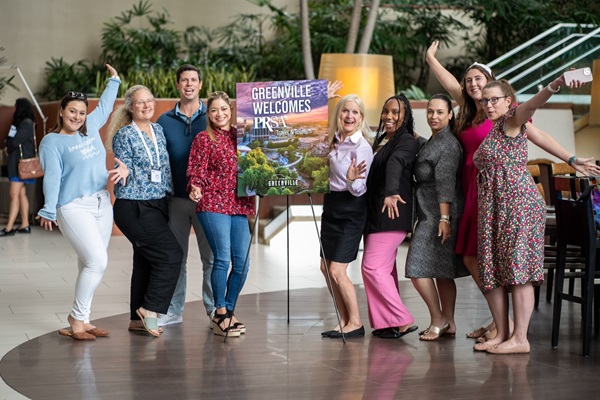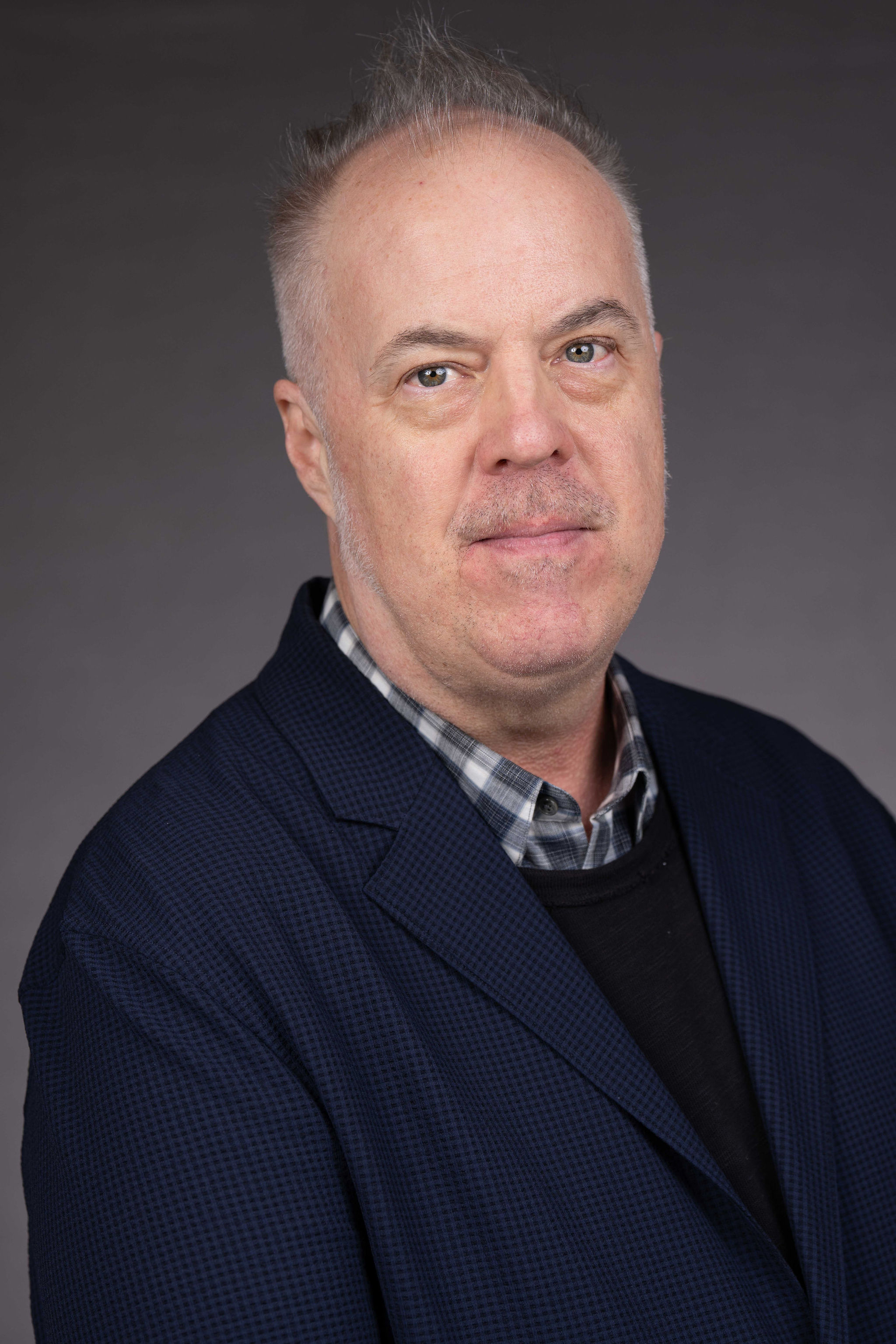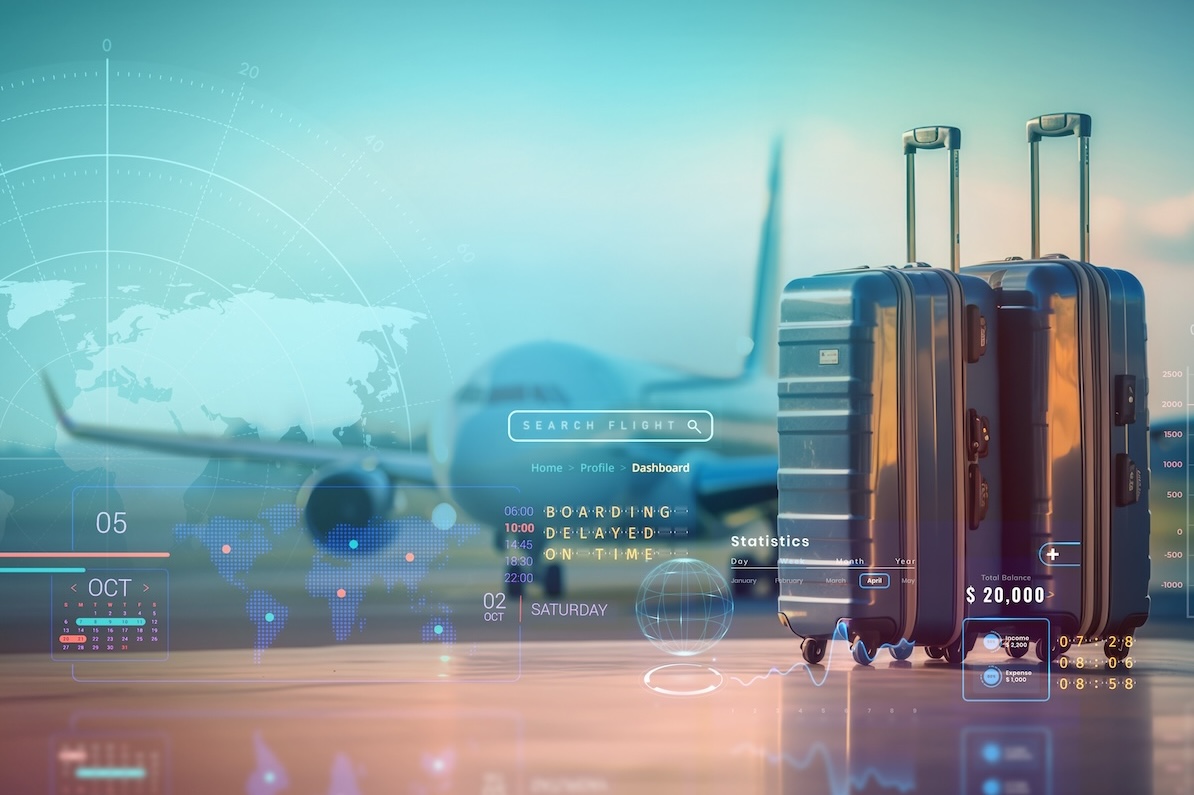Exploring the Travel and Tourism Landscape
By John Elsasser
August 2024
Ally Mills Dorrough, APR (Section Chair)
Communications & Marketing Manager
Gulf Shores & Orange Beach Tourism / Sports & Events
Gulf Shores, Ala.
Matthew Maxey
Senior Director of Public Relations
Visit Franklin
Franklin, Tenn.
Joleen Zanuzoski
Senior Director, Public Relations and Marketing
GreenRubino
Seattle
We see trend pieces about “workcations,” “bleisure travel” and “revenge travel.” What emerging travel trends do you see staying with us in the years ahead?
Ally Mills Dorrough, APR: Bleisure travel is here to stay, especially with many companies providing more flexibility and promoting mental health awareness.
As a travel PR professional representing a beach destination, we encourage workcations regularly in our meetings messaging as a means to save money by tacking on a vacation for families, couples, friends or solo travelers while already in the market for a conference or meeting.
Matthew Maxey: “Sustainable travel” has been around for a while, but visitors are looking for more than just promises of “being green” now. Travelers are doing more homework and taking their visits (and dollars!) to places they see, making genuine efforts toward sustainability and being good residents of the planet.
“Slow Travel” also has had its moment recently and seems to have staying power. More than rushing to see 10 stops in a day or how many cities they can knock off a list in one trip, travelers are slowing down to fully immerse and make deeper connections with the culture and people in their destinations.
Joleen Zanuzoski: The “Sleepcation” trend is here, and I think it might be here to stay. So many of my hotel and resorts, as well as destination clients, are receiving requests from media that are writing stories about the traveler looking to escape for quality of sleep — they are investing in super luxe, high-quality beds, pillows and mattresses, in-room aromatherapy or spa services, luxury bathtubs, soundproof rooms and mindful meditation services that promote the ultimate sleeping experience.
We live in a sleep-deprived world and the power of a good night’s sleep has been proven to contribute to lower cortisol levels, stress reduction, and overall health and wellness. I believe the sleepcation offering, paired with other amenities that create relaxation and the ability to unplug, will be key in hotel success moving forward.
How has the pandemic permanently changed travel behaviors?
Dorrough: When travel was diminished during the height of the pandemic, the luxury — and benefit — of travel was elevated for many.
As a travel PR professional, I learned to get creative from a meetings and sports/events perspective to keep Alabama’s Beaches’ messaging top-of-mind, sharing digital planning resources, so planners and sports and meetings travelers would consider our destination when the time was right.
As a wife and mom, I gained a renewed perspective on travel. We do not need to travel far to incite memorable experiences — even in our own backyards! Most important, I realized that travel is a gift, and the people and cultures that constitute each locale are the heart.
Maxey: For many, it has eliminated the “I’ll do that later” or “I’ll go there someday” mindset and made many more people willing and eager to take the trip now.
More people realize putting off until the right time often leads many of us to never actually do it. Now, if people can afford a trip, it’s become more of a priority.
Zanuzoski: Travelers are seeking outdoor recreation and escaping “from it all” more than ever before. Media are looking not just for a great hotel or resort experience, but also a launch pad to get outside and separate from the hustle and bustle.
One of my clients is State of Washington Tourism, and during the pandemic, our national parks saw record tourism traffic, as well as small, more rural destinations like Lake Chelan, the Yakima Valley and Walla Walla. People wanted to get outside and explore rather than be in an urban environment.
This hasn’t died down — travel media frequently ask for outdoor adventure and outdoor-focused experiences on their travel itineraries because that is what their audience is looking for — the family-friendly camping spot, the lake town destination, the best bike routes and more. The great outdoors has never been more popular!
In what ways can travel brands build credibility and forge meaningful connections with their target audience amid the proliferation of online platforms, social media influencers and user-generated content?
Dorrough: Going back to the basics of research and relationships in our public relations practice helps travel brands harness online platforms, social influencers and UGC. Social networks continue to evolve, so travel brands have to determine which platforms work best to reach and relate to their core audiences, based on the data. And it is all about balance to showcase your brand or destination, leveraging a mix of paid, earned, owned and shared content.
Maxey: The most successful way for travel brands to build credibility is to remember that real humans are on the other side of the communication. It’s easy to get lost in algorithms and think of people as consumers in wide swaths, but they are all still individuals.
By valuing and prioritizing these individual connections, travel brands can ensure their online presence reflects a relational mindset, not a transactional one. They must also prioritize that same mindset in partnerships with influencers or user-generated content; working with those who value their audiences as humans, not just consumers, reflects on the brand’s values as much as its direct communications.
Zanuzoski: Meaningful connections can still be forged through online platforms and social media influencers, content creators and UGC. That is up to marketing and communications teams to really work with those creators and digital platforms to share authentic messages and experiences.
I see it as an essential part of the travel marketing funnel and one that destinations and travel brands should embrace — it’s a place that travelers are looking for, so you should have a share of voice in those spaces.
How are advancements in technology, such as AI and virtual reality, influencing travel and tourism PR/comms? Where do you see opportunities?
Dorrough: The constant shifts in tech can be overwhelming, but using AI to our advantage in travel PR is key. Keeping the human element and relational side of what we do as communicators at the forefront is vital, and AI can both enhance our work and move the travel sector forward.
I have begun using AI for content thought starters and strategic plan outlining as well as researching ways to make pitching and measurement more efficient, saving my destination marketing organization time and resources.
Maxey: There are a wealth of AI and virtual reality opportunities, though I am most excited to see unique opportunities in creating targeted GPTs for destinations or travel brands.
Where we as an industry were so focused on SEO for web searches the last decade, as more and more people are turning to AI platforms for search, now is a prime ground-floor opportunity for destinations and brands to set themselves apart as the authority and trusted source of information with custom GPTs.
Zanuzoski: Too early to tell of any notable or measurable influence, but opportunities abound! As an agency, we have used AI for our clients in the tourism industry to see how our destination or clients are being perceived or key words that AI is using to describe. So if a traveler uses ChatGPT and asks, “What should I do when I visit Boise, Idaho,” we want to see if our clients are even appearing in the search, what the top visitor attractions are, what hotels are recommended, etc.

PRSA’s Travel & Tourism 2024 Section Conference took place in early June in Greenville, S.C. What were some of your top takeaways from the gathering?
Dorrough: As the 2024 PRSA Travel & Tourism Section chair, it was a career milestone to witness everything the section executive committee and VisitGreenvilleSC worked steadfastly to accomplish come to life.
My top takeaways included continuing my work as an APR to mentor, be a lifelong learner and elevate the profession as well as intentionally integrating AI tools into my PR practice.
Maxey: Most notably, my top takeaway is that the Travel & Tourism Section is filled with some of the most talented, creative, and inspiring PR professionals I have ever encountered.
Beyond that, a major takeaway is that relationships matter most, whether with journalists, with the C-suite or in a crisis. The theme was unintentional but still woven through virtually every presentation at the conference. The landing of a story, having PR work truly understood and valued, and being trusted in a crisis all come down to having consistent relationships — not just transactional ones when you need something.
Zanuzoski: A really strong desire to learn about crisis communications in the travel industry — we had a fantastic crisis session with Fred Garcia that focused on the importance of the communications and PR team to have a seat at the table during crisis — and they really should be the primary adviser to guide an organization during a crisis and reputation management scenario.
Travel & Tourism is a growing and thriving industry — we saw this by the energy, high percentage of new members that attended their first PRSA Travel & Tourism conference, and the drive to learn and grow as a part of this tight-knit community.



